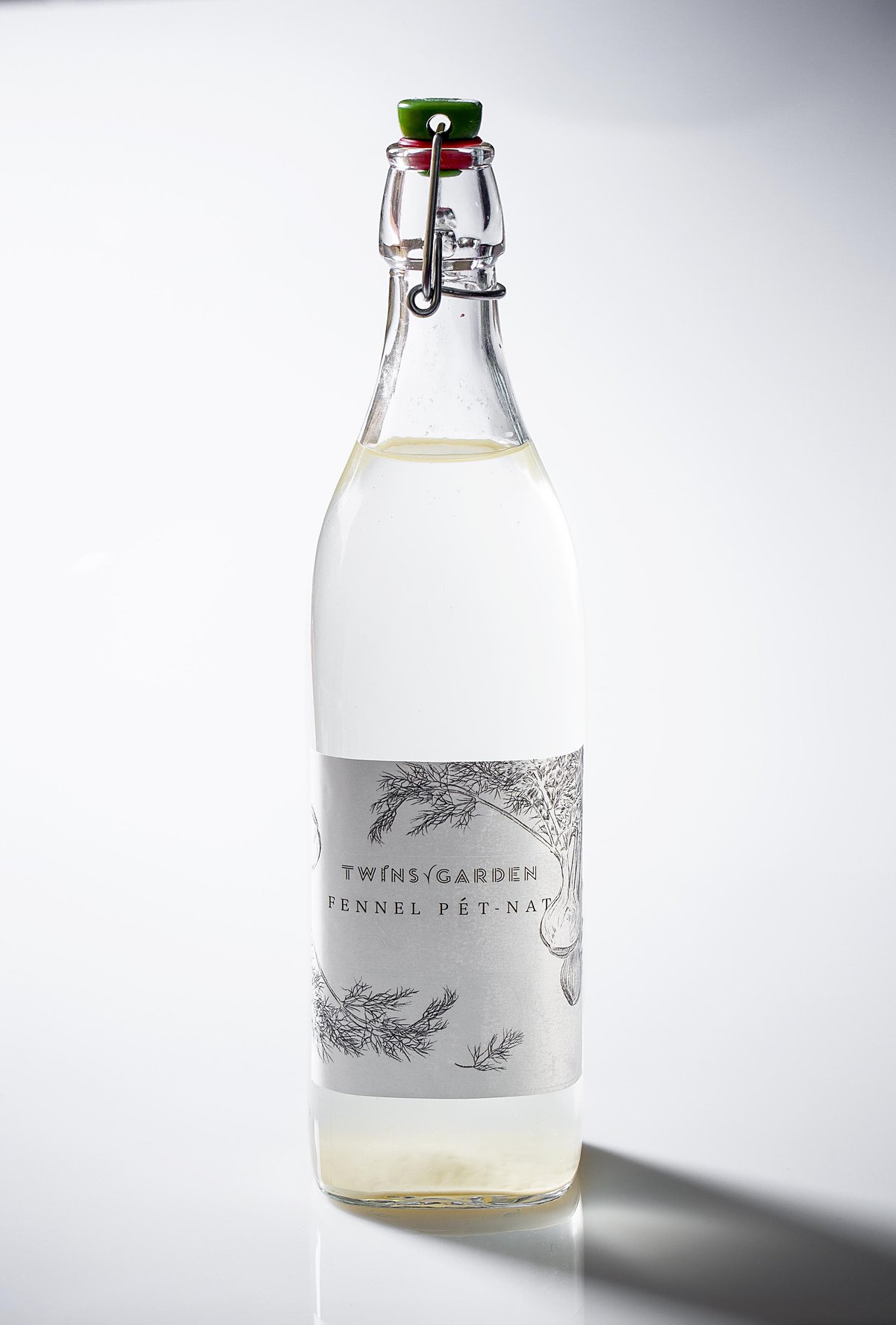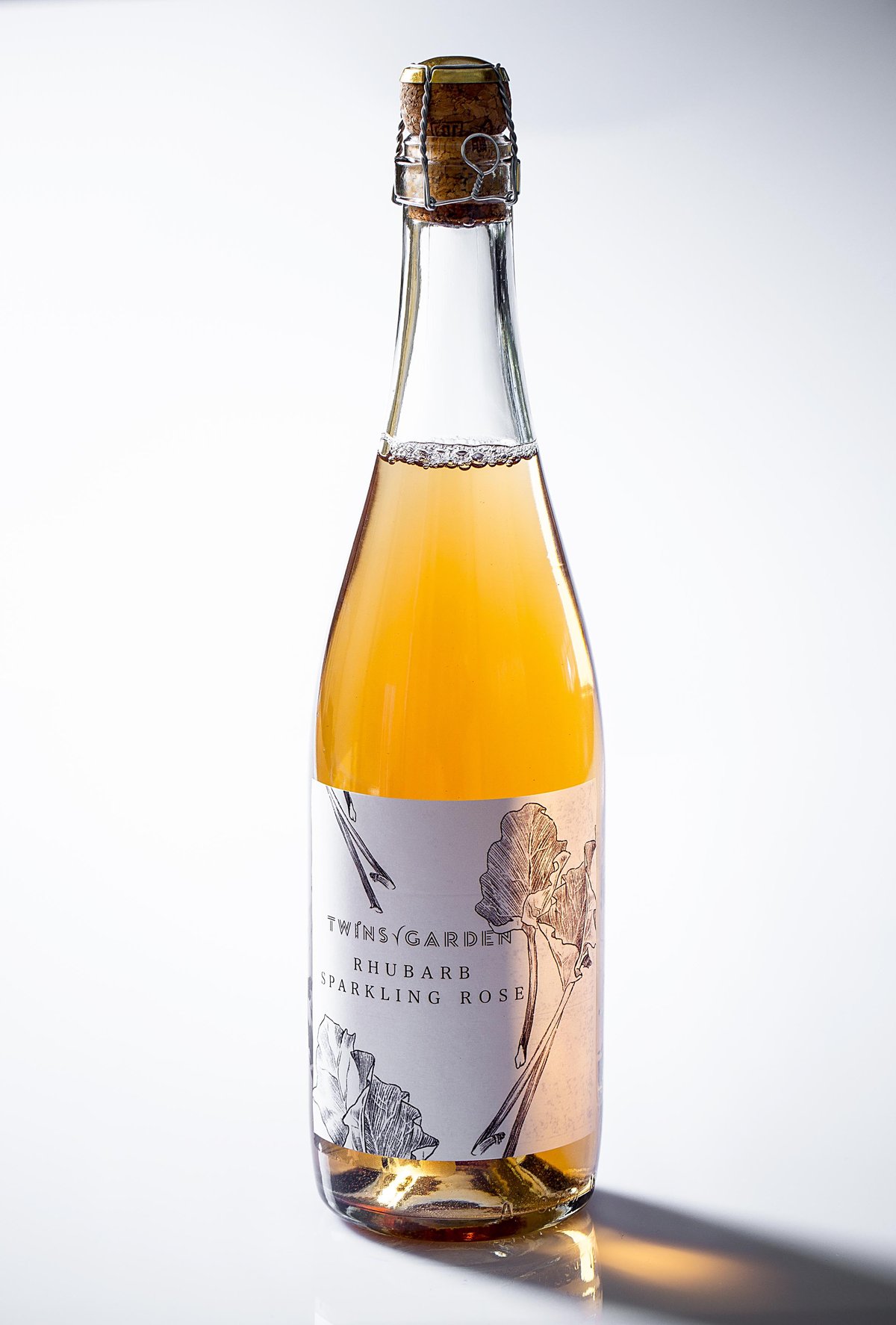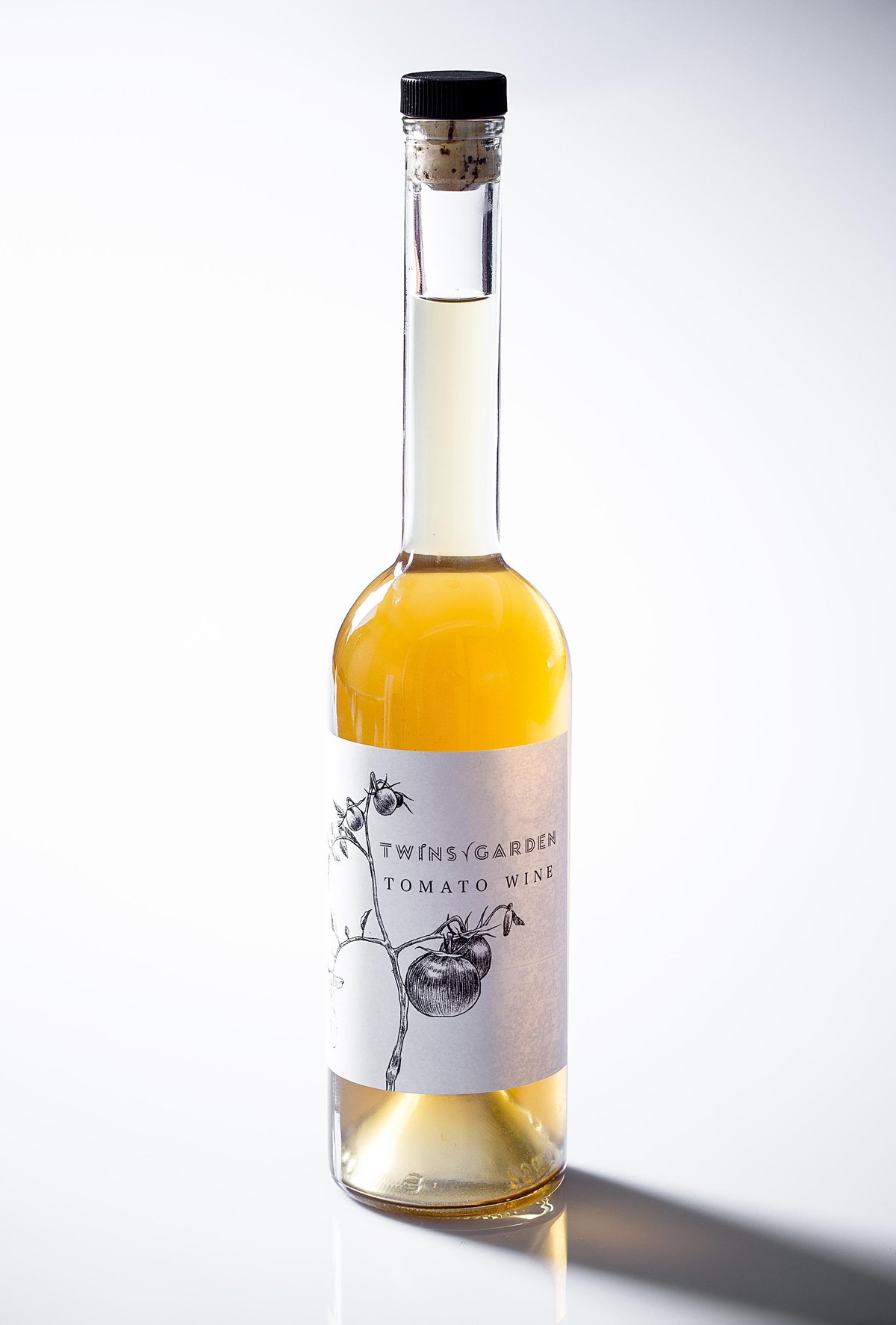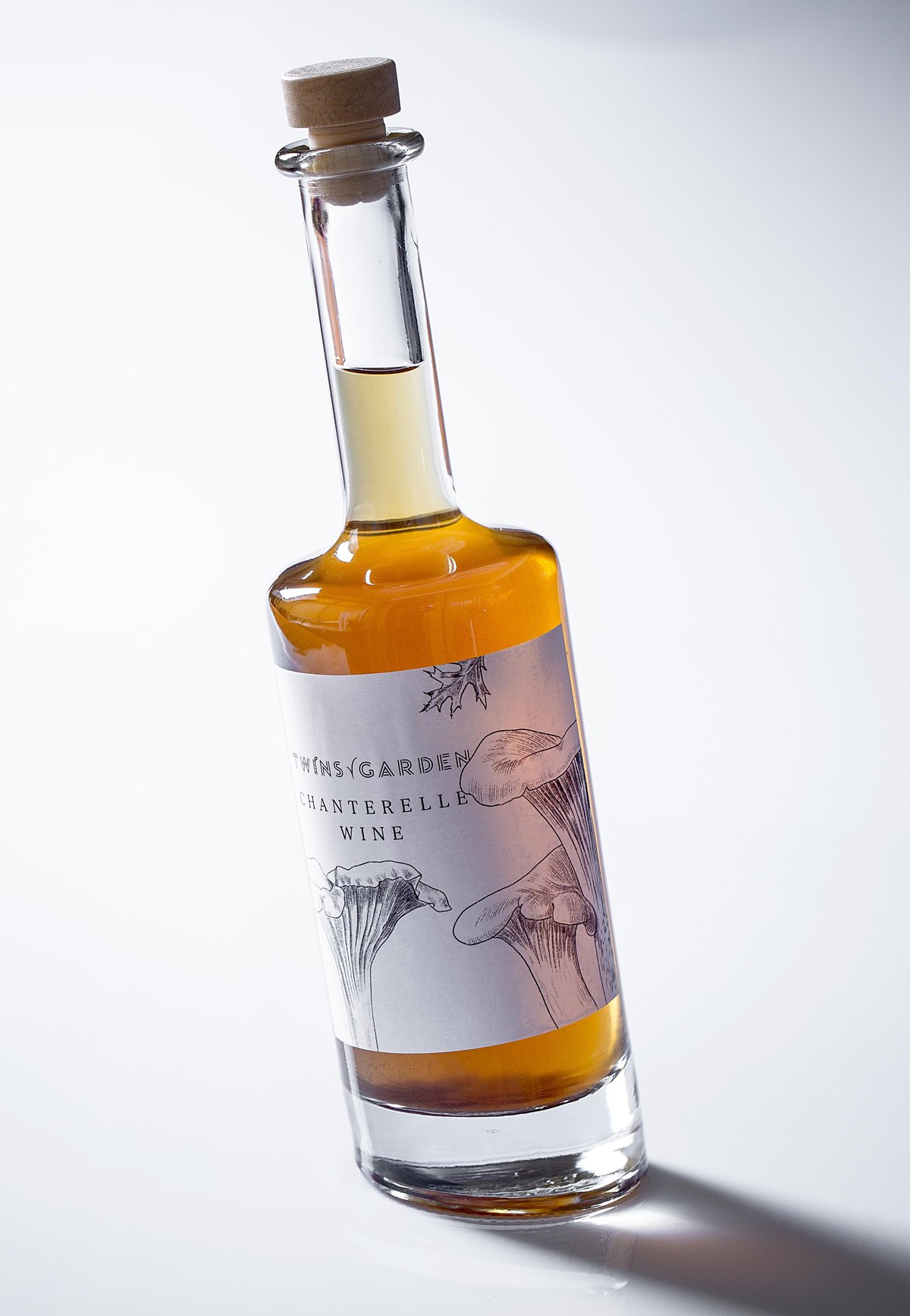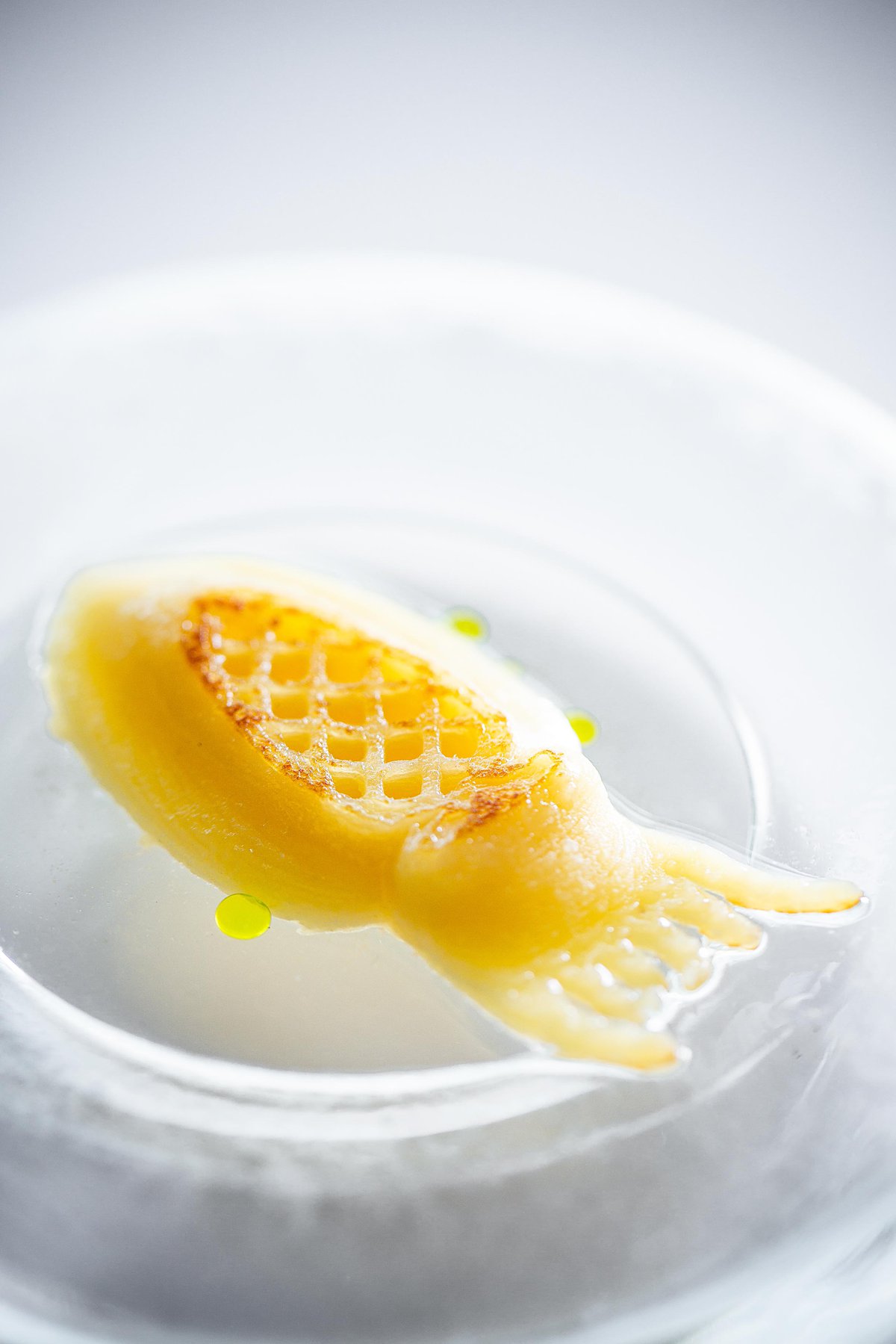Beetroot or beaujolais? The intriguing veg wines of Twins Garden, Moscow
We asked the chefs to tell us about an unexplored world of vegetable wine, and let us in on a few of their latest inventions.
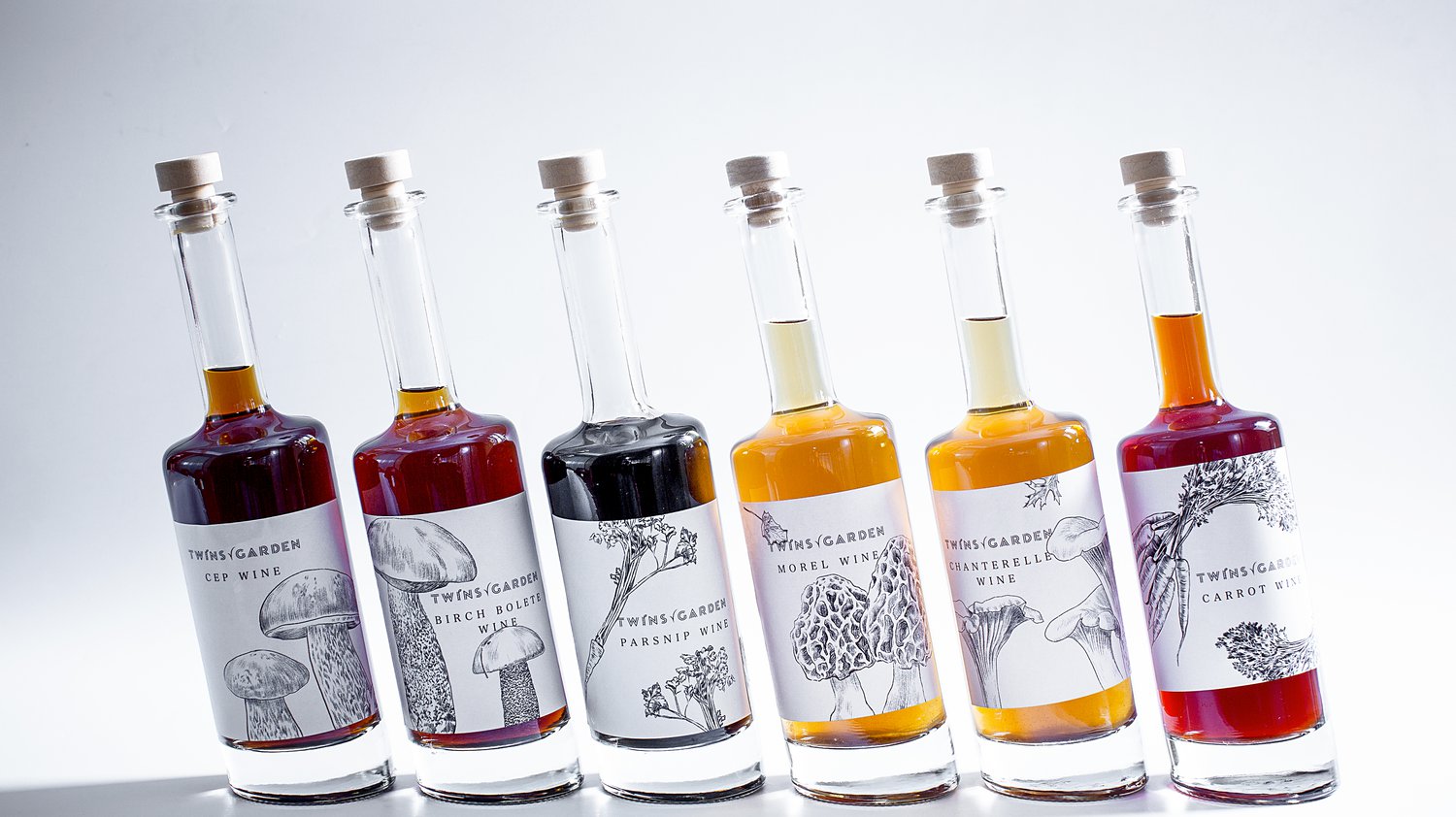
“It's essential to reveal the full potential of a vegetable” declared the Beresuzkiy brothers from the stage at last year’s Gastromasa conference. This statement came as they presented their inventive take on typical Russian flavours, demonstrating how water (in its various forms – liquid, ice or steam) can condense and intensify familiar flavours. For instance, they use steam to manipulate the taste of an oyster mushroom by adding a concentrated crab stock into the steamer and leaving the mushrooms for seven days to grow and really soak up every last bit of that crab flavour.
These celebrated chefs own one of the most ambitious restaurants in Russia: Twins Garden, which currently holds 19th place in the World’s 50 Best Restaurants list.
Local ingredients used intelligently and inventively remain at the core of their offerings; roughly half of the produce they use is supplied from their own farm. This year, Twins Garden became the first restaurant in Russia to enter We're Smart World’s list of the world’s 13 best vegetable restaurants, achieving the top rating of five ‘radishes’.
A particularly interesting aspect of the approach is the chefs’ dedication to capturing and emphasising a vegetable's umami sensation. One innovative answer to this challenge comes in the form of vegetable wine.
We asked the chefs to tell us a bit more about this unexplored world of vegetable wine, and let us in on a few of their latest inventions.
How it all started
We wanted to make a gastronomic tasting set based only on vegetables, and it seemed to us that we needed some kind of liquid accompaniment to the dishes. We decided not to go with a juice pairing because that’s the sort of thing you can find in many places. Juice, in our opinion, didn’t fulfill the brief that we faced, because when you make vegetable juice, in fact, you just get something very similar to the original product – only in liquid form. And so we decided to try making wine (out of curiosity rather than anything else really). As everybody knows, wine is just grapes, sugar, and yeast. But in fact, sugar can be found in all sort of fruits and berries – and also vegetables! Winemaking is fascinating because during the fermentation process the taste of the original product and its aromatics change greatly, allowing new tastes, new aromas, and completely unexpected undertones to appear. We quickly realised that it was more interesting for us to work with wine, and so we started producing it.
Fresh ideas from tradtional technology
We use different methods for different vegetables, but they are all technologies that come from traditional winemaking. We make wines using methods for reds, classic white wines and sparkling wines, and we also make pét-nat. We essentially take classic wine recipes and burgundy yeast and swap the main ingredient (the grapes) for various vegetables, herbs and mushrooms.

